News & Articles
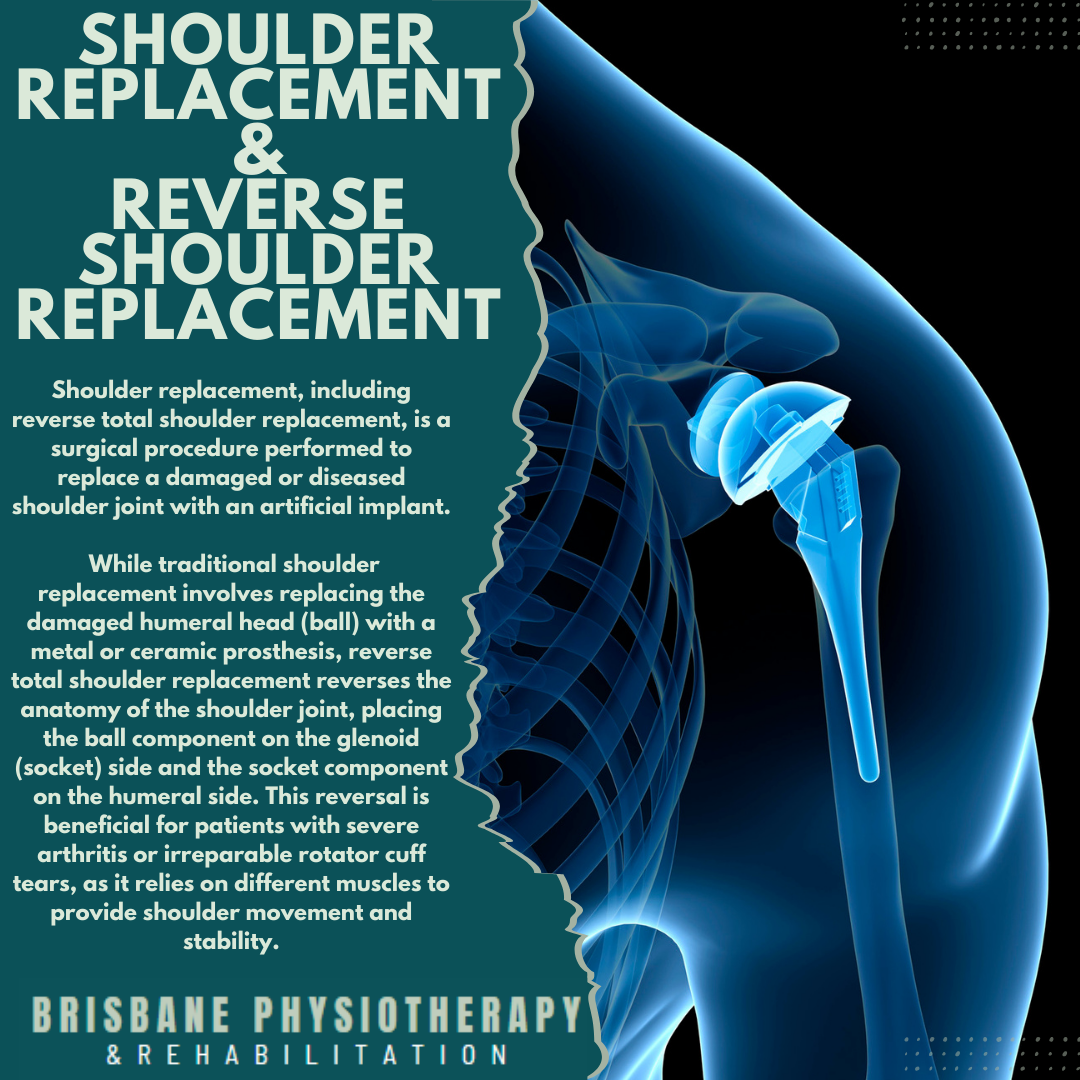
Shoulder Replacement
Shoulder replacement surgery may be recommended for individuals with advanced shoulder arthritis, rotator cuff tears, or traumatic injuries that have not responded to conservative treatments.
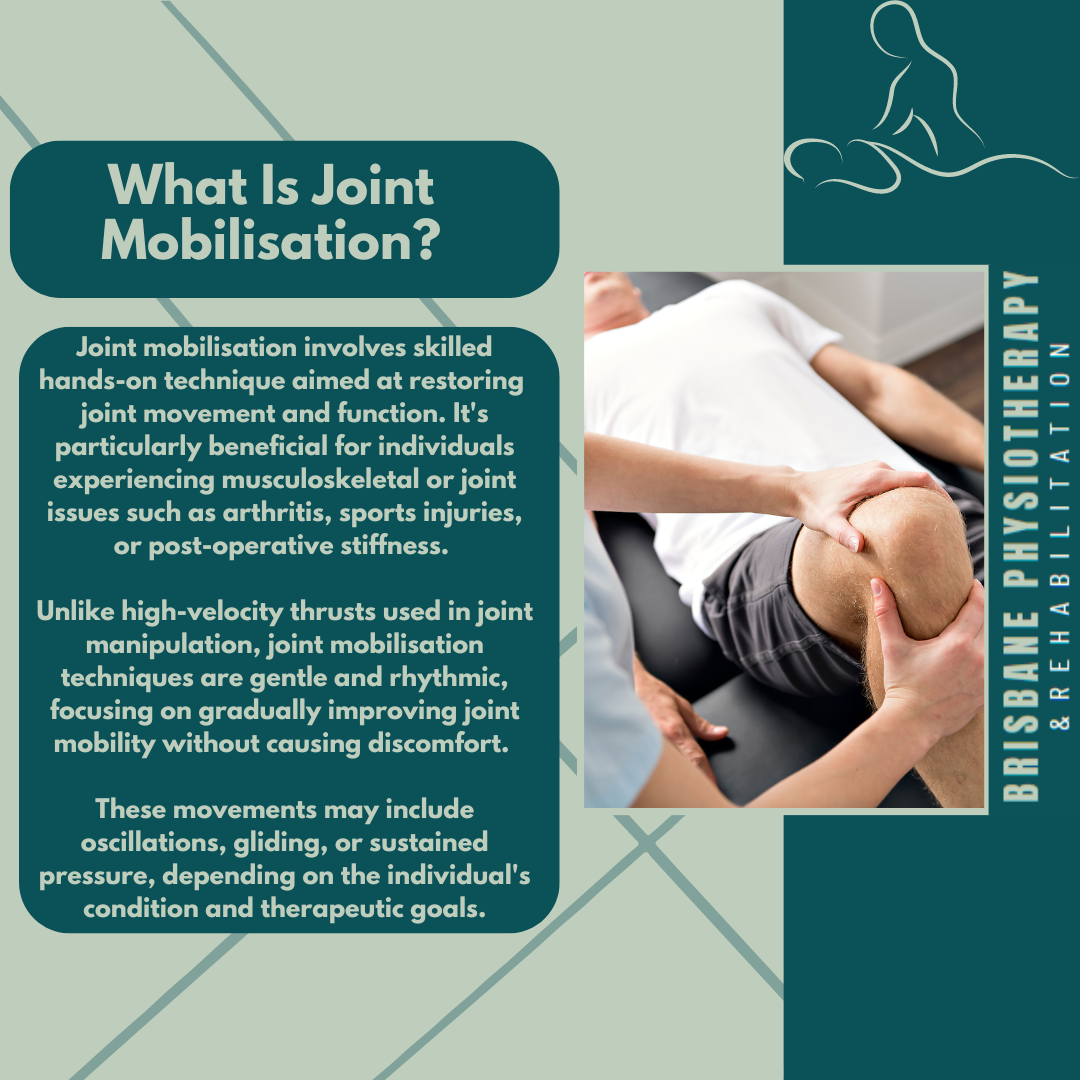
Joint Mobilisation
Joint mobilisation involves skilled hands-on techniques aimed at restoring normal joint movement and function. It's particularly beneficial for individuals experiencing musculoskeletal or joint issues such as arthritis, sports injuries, or post-operative stiffness. Unlike high-velocity thrusts used in joint manipulation, joint mobilisation techniques are gentle and rhythmic, focusing on gradually improving joint mobility without causing discomfort. These movements may include oscillations, gliding, or sustained pressure, depending on the individual's condition and therapeutic goals.

Joint Manipulation in Physiotherapy
Joint manipulation involves applying a controlled force to a joint with the aim of restoring its normal movement and function. It's a technique commonly used to address various musculoskeletal conditions, including back pain, neck pain, and joint stiffness. Unlike joint mobilisation, which employs gentle, rhythmic movements, joint manipulation involves a quick, high-velocity thrust at the end range of a joint
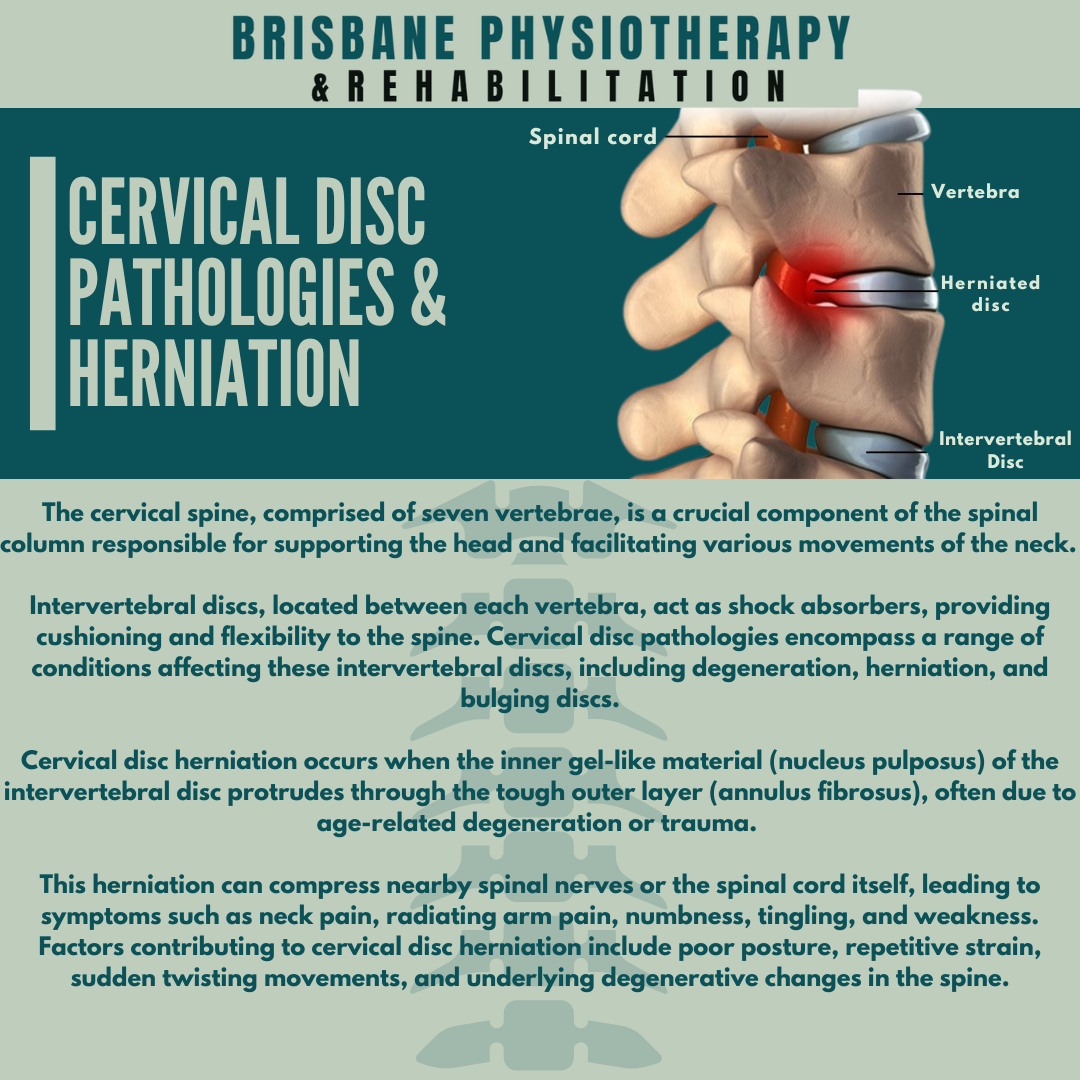
Cervical Disc Pathologies and Herniations
The cervical spine, comprised of seven vertebrae, is a crucial component of the spinal column responsible for supporting the head and facilitating various movements of the neck. Intervertebral discs, located between each vertebra, act as shock absorbers, providing cushioning and flexibility to the spine. Cervical disc pathologies encompass a range of conditions affecting these intervertebral discs, including degeneration, herniation, and bulging discs.
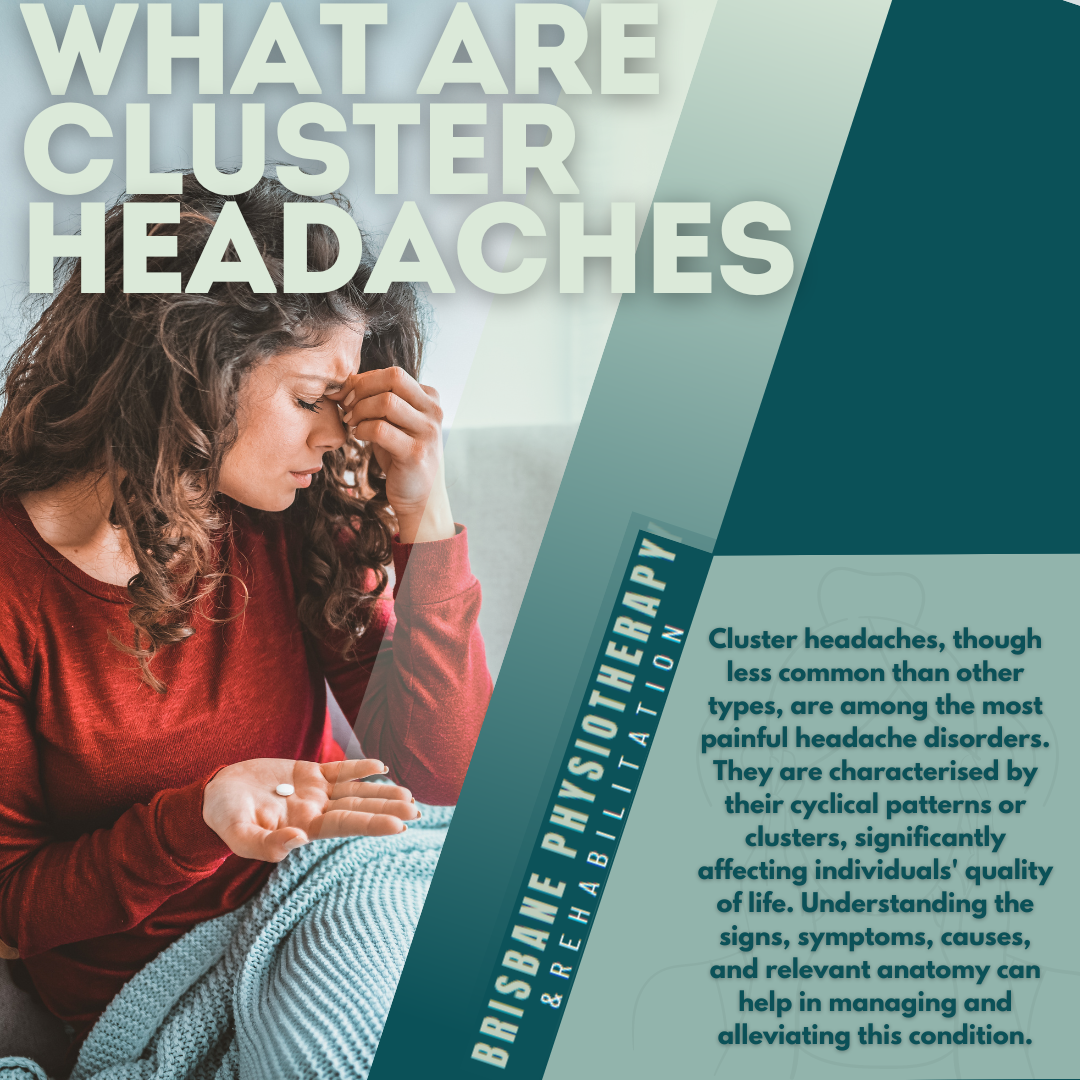
Cluster Headaches
Cluster headaches, though less common than other types, are among the most painful headache disorders. They are characterized by their cyclical patterns or clusters, significantly affecting individuals' quality of life. Understanding the signs, symptoms, causes, and relevant anatomy can help in managing and alleviating this condition.
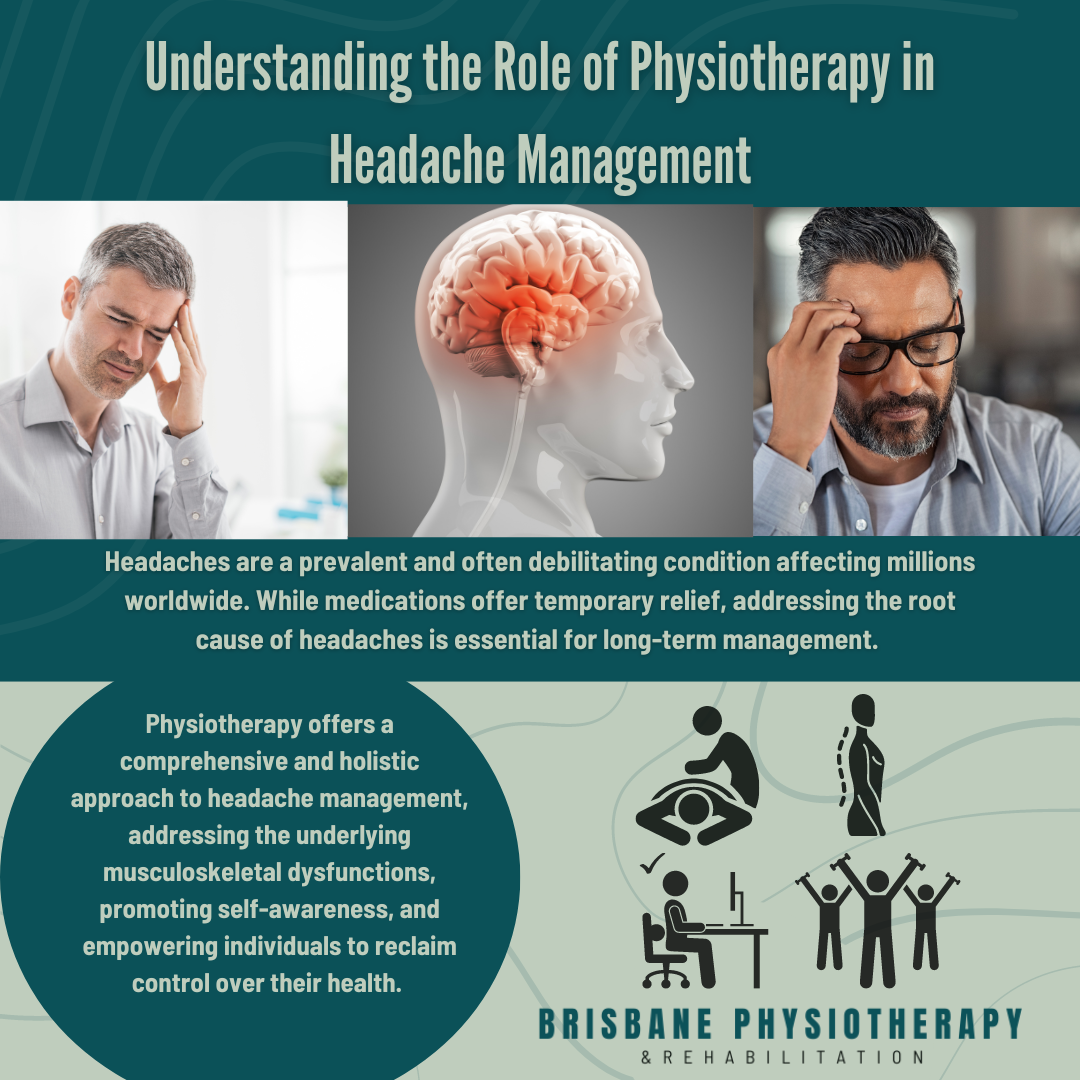
Understanding the Role of Physiotherapy in Headache Management
Headaches are a prevalent and often debilitating condition affecting millions worldwide. While medications offer temporary relief, addressing the root cause of headaches is essential for long-term management. Headaches manifest in various forms, including tension-type headaches, migraines, cervicogenic headaches, and cluster headaches, each with distinct characteristics and triggers. While tension-type headaches are often attributed to muscle tension and stress, migraines involve neurovascular mechanisms, and cervicogenic headaches originate from the cervical spine. Understanding the underlying mechanisms is crucial for tailoring effective treatment strategies.
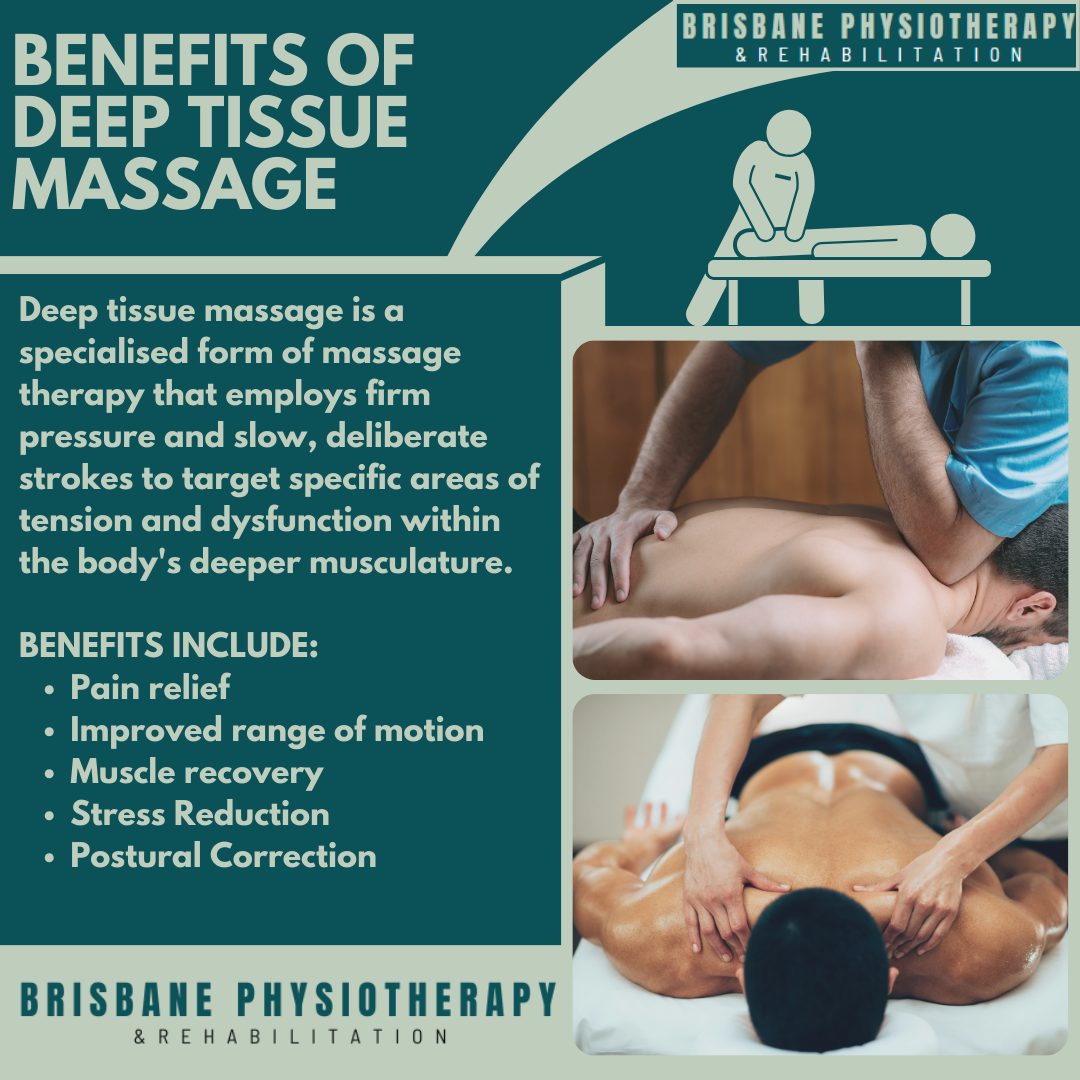
Benefits of Deep Tissue Massage:
Deep tissue massage is a specialised form of massage therapy that employs firm pressure and slow, deliberate strokes to target specific areas of tension and dysfunction within the body's deeper musculature. By applying sustained pressure, friction, and stretching techniques, a skilled therapist can release adhesions, break up scar tissue, and promote improved circulation and tissue healing. Unlike gentler forms of massage, deep tissue massage may elicit some discomfort or "good pain" as tight muscles and adhesions are addressed, but the ultimate goal is to facilitate lasting relief and improved function.
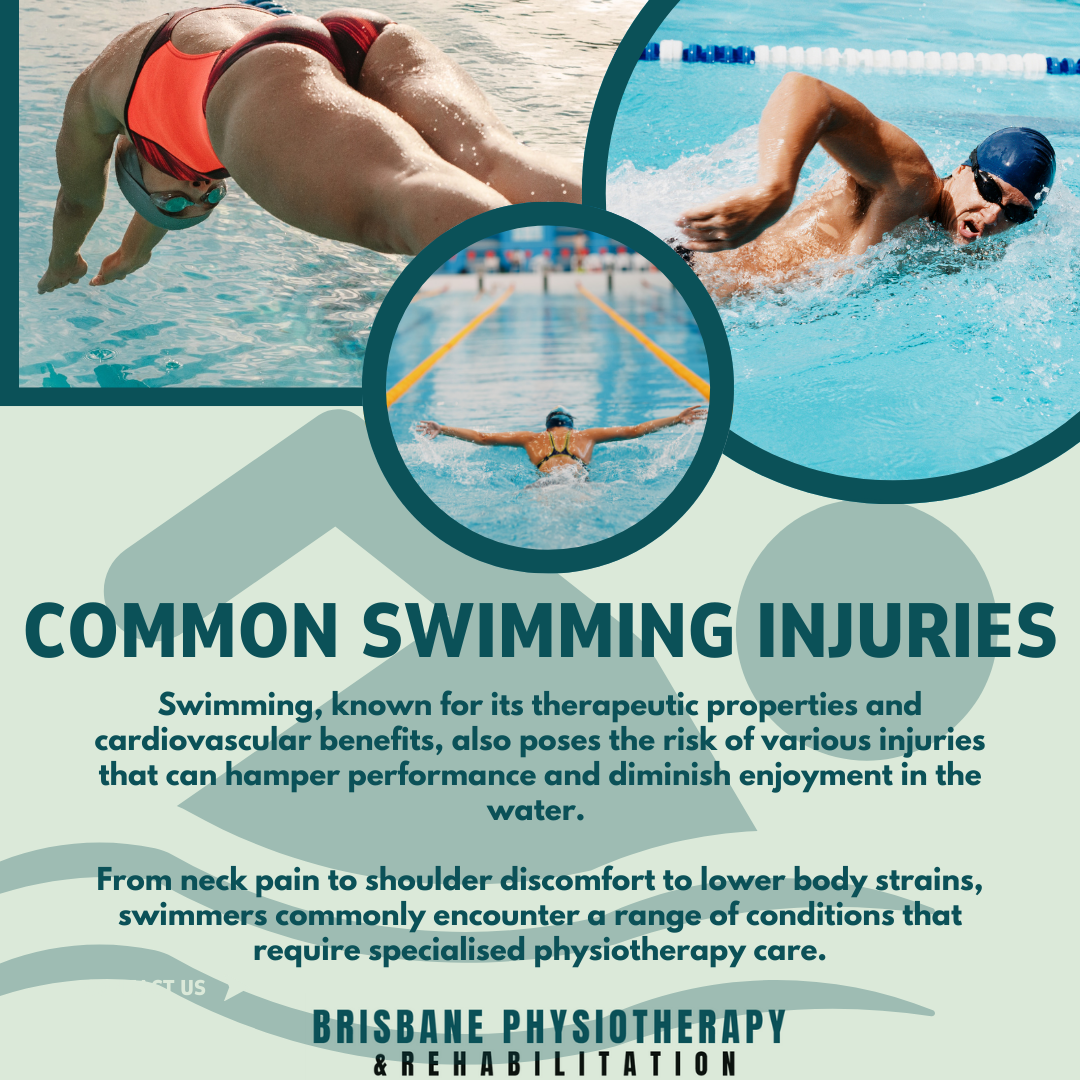
Common Swimming Injuries that Physiotherapists Treat
Swimming injuries pose unique challenges for athletes, but with the guidance of physiotherapy, they can be effectively managed and prevented. By addressing specific conditions such as shoulder pain, neck pain, low back pain, groin pain, and knee pain with tailored interventions, physiotherapists help swimmers regain mobility, alleviate discomfort, and enhance performance in the water. Whether you're a competitive swimmer or a recreational enthusiast, come see our team at Brisbane Physiotherapy and Rehabilitation to help keep you in the pool.
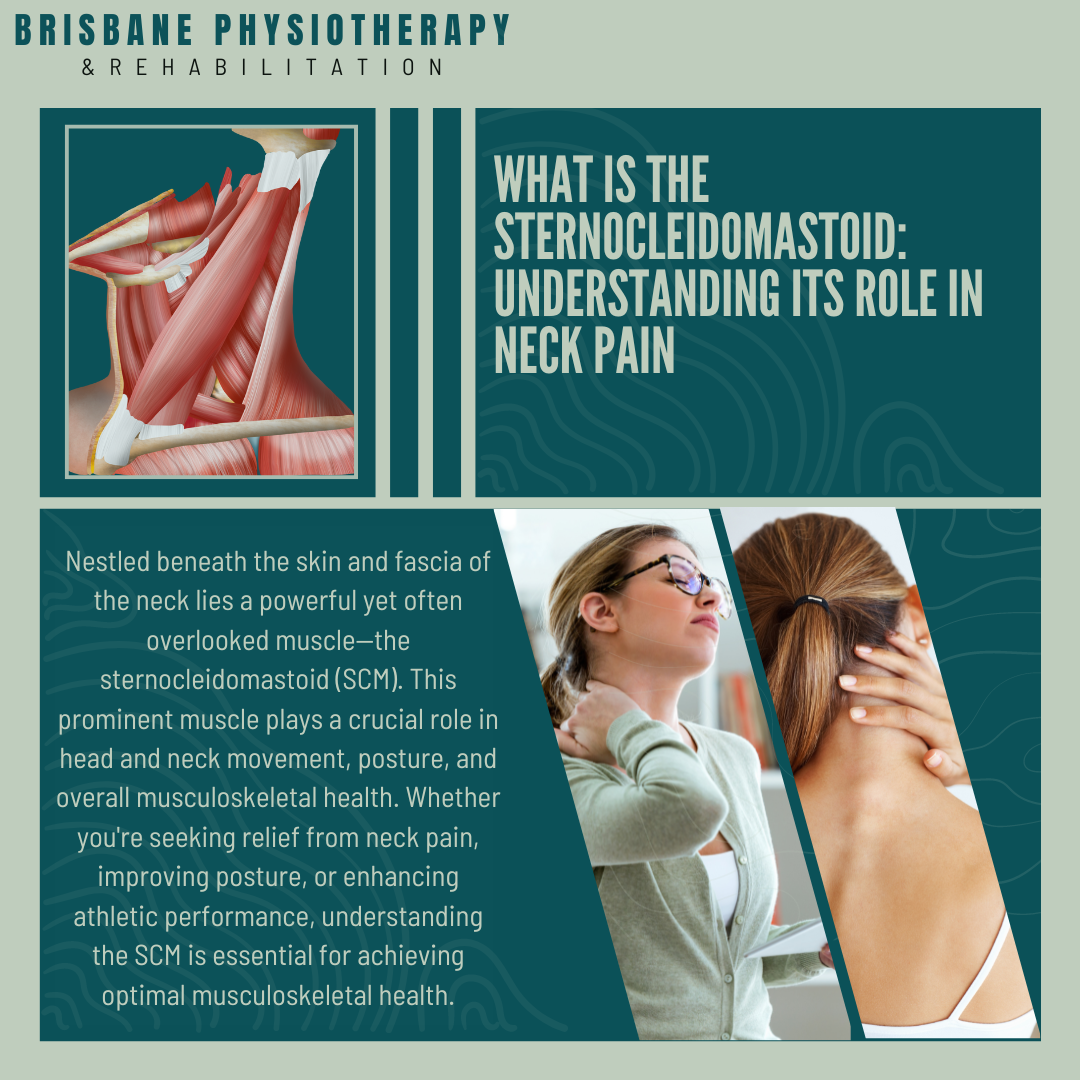
What is the Sternocleidomastoid: Understanding Its Role in neck pain
Nestled beneath the skin and fascia of the neck lies a powerful yet often overlooked muscle—the sternocleidomastoid (SCM). This prominent muscle plays a crucial role in head and neck movement, posture, and overall musculoskeletal health. As physiotherapists, we recognize the significance of the SCM in maintaining optimal function and mobility. In this blog post, we'll delve into the anatomy, function, common dysfunctions, and management strategies related to the sternocleidomastoid muscle. Whether you're seeking relief from neck pain, improving posture, or enhancing athletic performance, understanding the SCM is essential for achieving optimal musculoskeletal health.
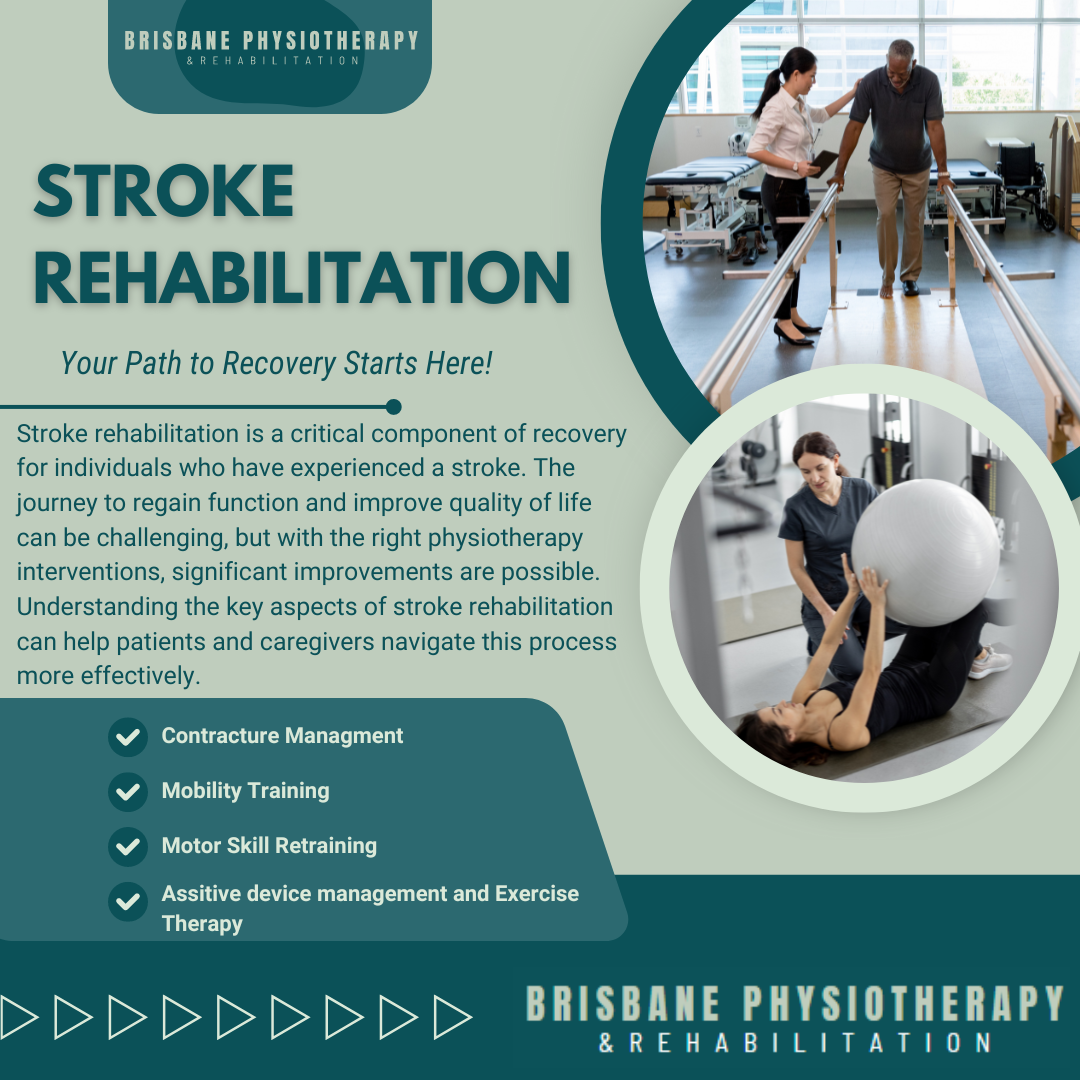
Stroke Rehabilitation: The Path to Recovery
Early rehabilitation is crucial following a stroke. Initiating physiotherapy as soon as the patient is medically stable can prevent complications such as muscle atrophy, joint stiffness, and pressure sores. Early intervention also takes advantage of the brain's plasticity, its ability to reorganise and form new neural connections, which is most active shortly after the stroke.
